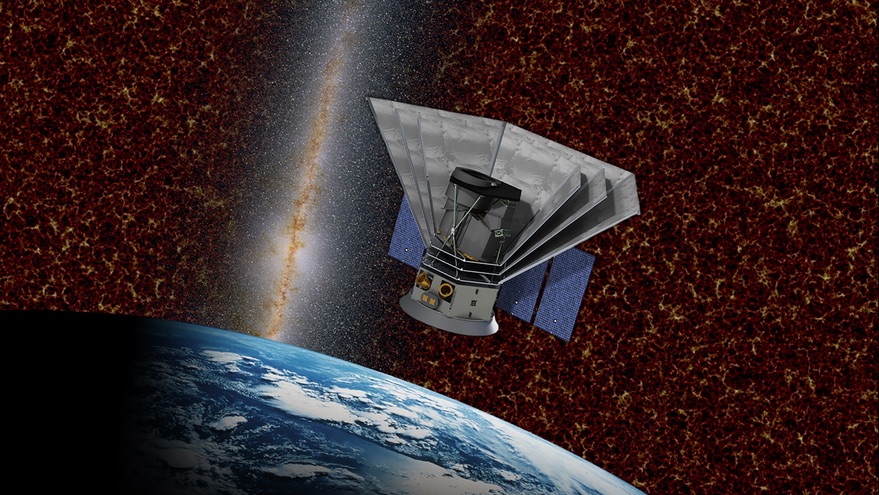
WASHINGTON — NASA has selected for development a mission that will perform a spectroscopic survey of the entire sky at near-infrared wavelengths to study the origins of solar systems, galaxies and the universe.
The agency said in a Feb. 13 statement that it picked Spectro-Photometer for the History of the Universe, Epoch of Reionization and Ices Explorer (SPHEREx) as the next mission in its Medium-Class Explorers, or MIDEX, program of astrophysics missions. SPHEREx will be built for launch in 2023 at a cost, excluding launch, of $242 million.
JPL will manage SPHEREx for NASA, with Ball Aerospace providing the spacecraft. Caltech will develop the instrument with the Korea Astronomy and Space Science Institute in South Korea contributing support for instrument calibration and testing.
SPHEREx features a single instrument, a near-infrared spectrometer, that will collect spectra of the entire sky every six months at wavelengths between 0.75 and 5 microns. Astronomers plan to use those observations to study a variety of astrophysical phenomena from planetary to cosmic scales.
“SPHEREx will explore the beginning of the universe, the history of galaxy formation, and the role of interstellar ices during the birth of new stars and planets, while providing a unique all-sky data set for astronomy,” said James Bock, a professor of physics at Caltech and principal investigator for the mission, in a statement.
“This amazing mission will be a treasure trove of unique data for astronomers,” said Thomas Zurbuchen, associate administrator for NASA’s Science Mission Directorate, in an agency statement announcing the selection of SPHEREx. NASA noted that the mission can also support observations by two larger infrared telescopes, the James Webb Space Telescope and the Wide-Field Infrared Survey Telescope.
NASA selected SPHEREx for this MIDEX mission over an X-ray spectroscopy mission called Argus. NASA selected both missions, as well as a third proposal called FINESSE to perform spectroscopy of exoplanets, for further study in August 2017. NASA dropped FINESSE from consideration last year after the European Space Agency selected a similar mission called ARIEL, electing instead to pursue cooperation with ESA on that mission through a mission of opportunity proposal known as CASE.
Selection of the winning MIDEX mission had been planned for last month, but was postponed by the partial government shutdown that halted most NASA activities for five weeks. “We were in the endgame of the MIDEX downselect” at the time of the shutdown, said Paul Hertz, director of NASA’s astrophysics division, during an online town hall about the division’s programs Feb. 12. During the town hall he said only that the selection would come by late February or early March.
https://spacenews.com/nasa-selects-infrared-astronomy-survey-mission/Bagikan Berita Ini














0 Response to "NASA selects infrared astronomy survey mission - SpaceNews"
Post a Comment